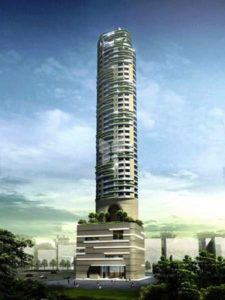
- The Group turns a 44-storeyed tower in Worli, Mumbai into a smart building with the deployment of an intelligent BMS.
- BuildTrack, a leading brand in smart automation & IoT products and solutions, is helping the Group to adopt the system.

Implementation of Intelligent Building Management Automation (BMS) system is enabling housing societies to reduce operational cost and improve safety of the residents.
One such adoption of BMS Technology is recently undertaken by Lokhandwala Group, who has developed several prestigious projects in Mumbai and Dubai.
In their recent Project Victoria in Worli, Mumbai, the group has transformed a 44-storeyed-tower building into a smart building, enabling a smarter and safer lifestyle in all individual apartments, with the deployment of an intelligent BMS system.
BuildTrack, a leading brand in smart automation & internet of things products and solutions, is helping the Group to deploy the Intelligent BMS System in their projects.
Benefits of deploying Intelligent BMS System
Apart from enabling smart lighting controls, the BMS system monitors sensors for safety (fire, gas leak, intrusion detection from all apartments) at a central monitoring location. In addition, it monitors the working of all motors and pumps as well as checks status of the elevators in the building.
The automation also enables RFID based vehicle entry – exit system which allows vehicle identification and speed control.
Each apartment of the building also has a video door phone system that allows residents to see who is at the door. The same system is enabled at a building level that allows connection to a lobby level video door phone. This can be used by visitors before they enter the building.
Overall, the BMS Software based platform has helped the building to improve operational efficiency and cut energy usage significantly as compared to conventional buildings.
It also enables the building managers to respond quickly to safety events or address issues related to building assets like elevators, motors, pumps, which are all controlled seamlessly through one central system.









